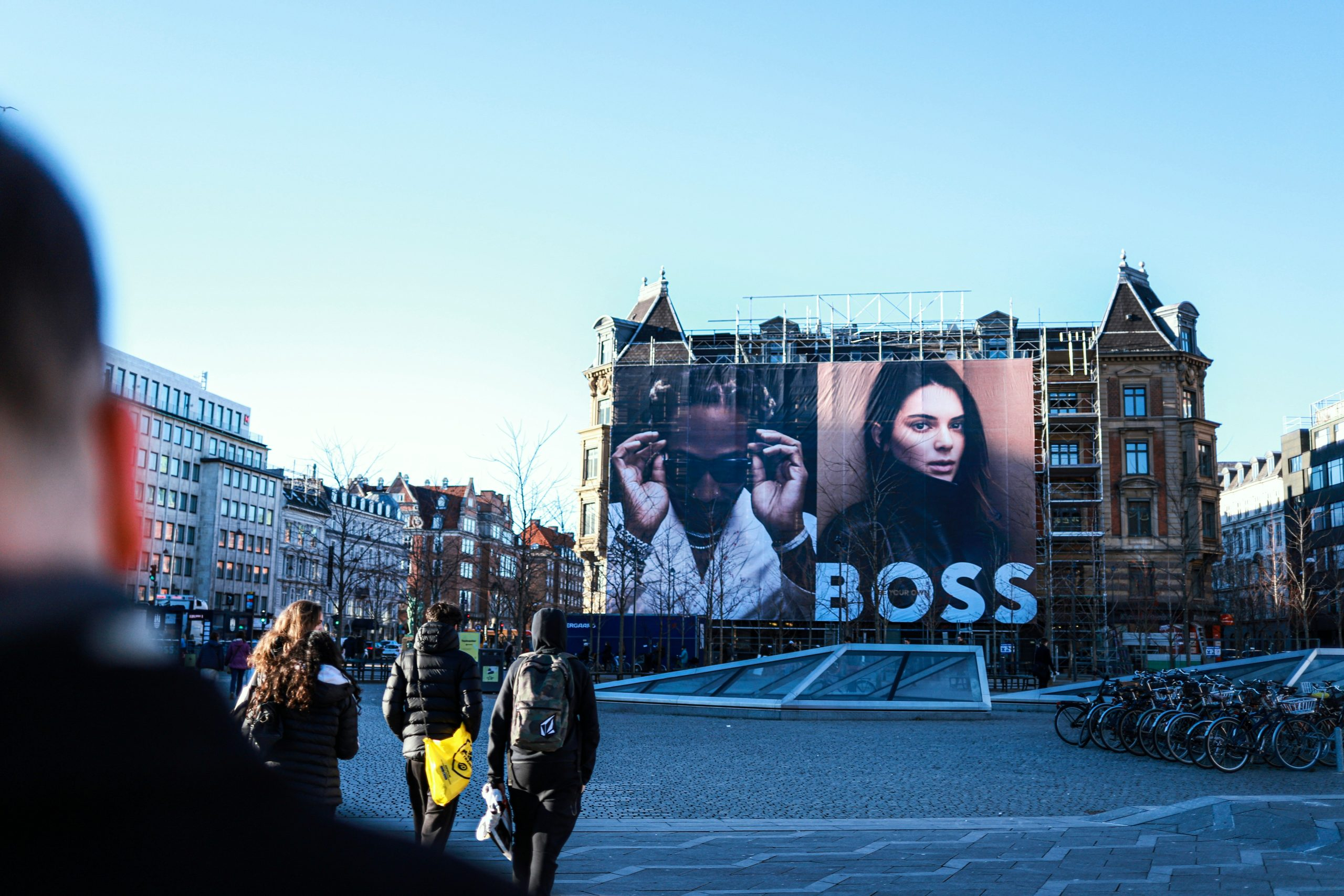Unveiling the biggest hits and misses of fashion week
Fashion week is an exciting time for fashion enthusiasts, designers, and industry professionals alike. It’s a time to showcase the latest collections and trends, and to see what’s in store for the upcoming season. With major events in cities like New York, London, Milan, and Paris, fashion week never fails to generate buzz and anticipation. But with all the hype and excitement, there are always hits and misses on the runway. In this article, we’ll take a closer look at the biggest hits and misses of fashion week, and what they mean for the fashion industry as a whole.
The Hits
Despite the ever-changing nature of the fashion industry, there were some clear winners on the runway this fashion week. These collections captured the attention of both industry professionals and the general public, and left a lasting impression for all the right reasons.
Diversity and Inclusion
One of the major themes of this fashion week was diversity and inclusion. Many designers made a conscious effort to cast a diverse group of models for their runway shows, representing different races, sizes, ages, and genders. This was not only a step towards inclusivity, but also a reflection of the growing demand for diversity in fashion. Brands like Chromat, Christian Siriano, and Brandon Maxwell stood out for their commitment to diversity and received high praise for their inclusive shows.
Gender-Neutral Fashion
Another trend that emerged from this fashion week was the rise of gender-neutral fashion. Many designers blurred traditional gender lines in their collections, showcasing pieces that can be worn by anyone regardless of gender. This was a refreshing change from the standardized “menswear” and “womenswear” categories, and showed a shift towards more gender-fluid and inclusive fashion. Brands like Gucci, Prada, and Vivienne Westwood were among those leading the way in this movement.
The Misses
While there were definitely some standout moments, there were also some misses on the runway. These collections failed to impress or fell short of expectations, leaving many wondering what went wrong.
A Lack of Sustainable Practices
Despite the growing awareness and demand for sustainable fashion, many designers fell short in this area during fashion week. Fast fashion continues to dominate the industry, and it was evident on the runway with many collections using questionable materials and production methods. While some brands like Stella McCartney and Gabriela Hearst prioritized sustainability, many others missed the mark and received backlash for their lack of eco-friendly practices.
Lack of Representation
While diversity and inclusivity made strides this fashion week, there were still several shows that lacked representation on the runway. In particular, models with disabilities were noticeably absent from many collections. This exclusion is not only a missed opportunity for designers but also perpetuates harmful beauty standards in the industry. Brands like Tommy Hilfiger and FTL Moda included models with disabilities in their shows, showing that inclusivity should be the norm, not the exception.
The Impact
So, what do these hits and misses mean for the fashion industry? Overall, fashion week highlighted the need for more diversity, inclusion, and sustainability in the industry. The hits showed that consumers and the industry are ready for change and demand more inclusivity and sustainable practices. The misses highlighted the areas where the industry still needs to improve and sparked important conversations about representation and ethical fashion.
With each fashion week, we can see the industry evolving and making strides towards a more inclusive and sustainable future. As consumers, we have the power to shape the fashion industry through the choices we make. By supporting brands that value diversity and sustainability, we can send a message that these values are important and necessary for the industry to thrive.
Conclusion
Fashion week may be over, but the impact of the collections and shows will continue to be felt in the industry. The hits and misses serve as a reminder that fashion is more than just clothes; it’s a reflection of society and has the power to inspire change. As we look to the future of fashion, let’s hope that inclusivity, diversity, and sustainability become, not just trends, but integral values of the industry.










